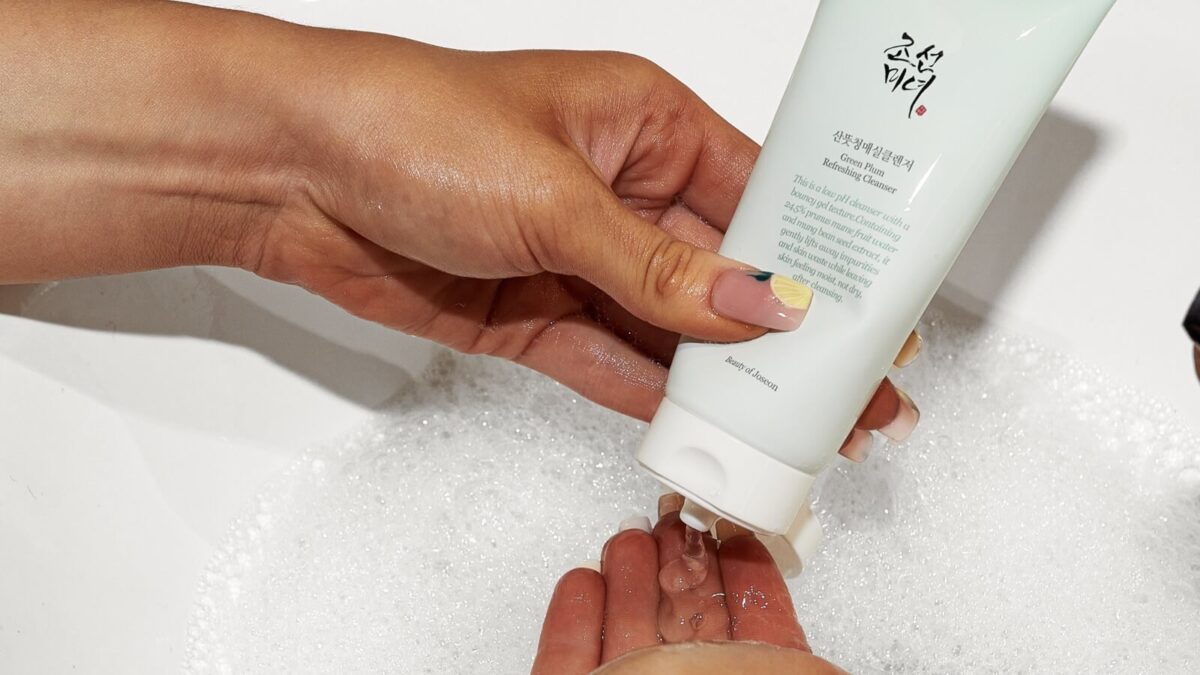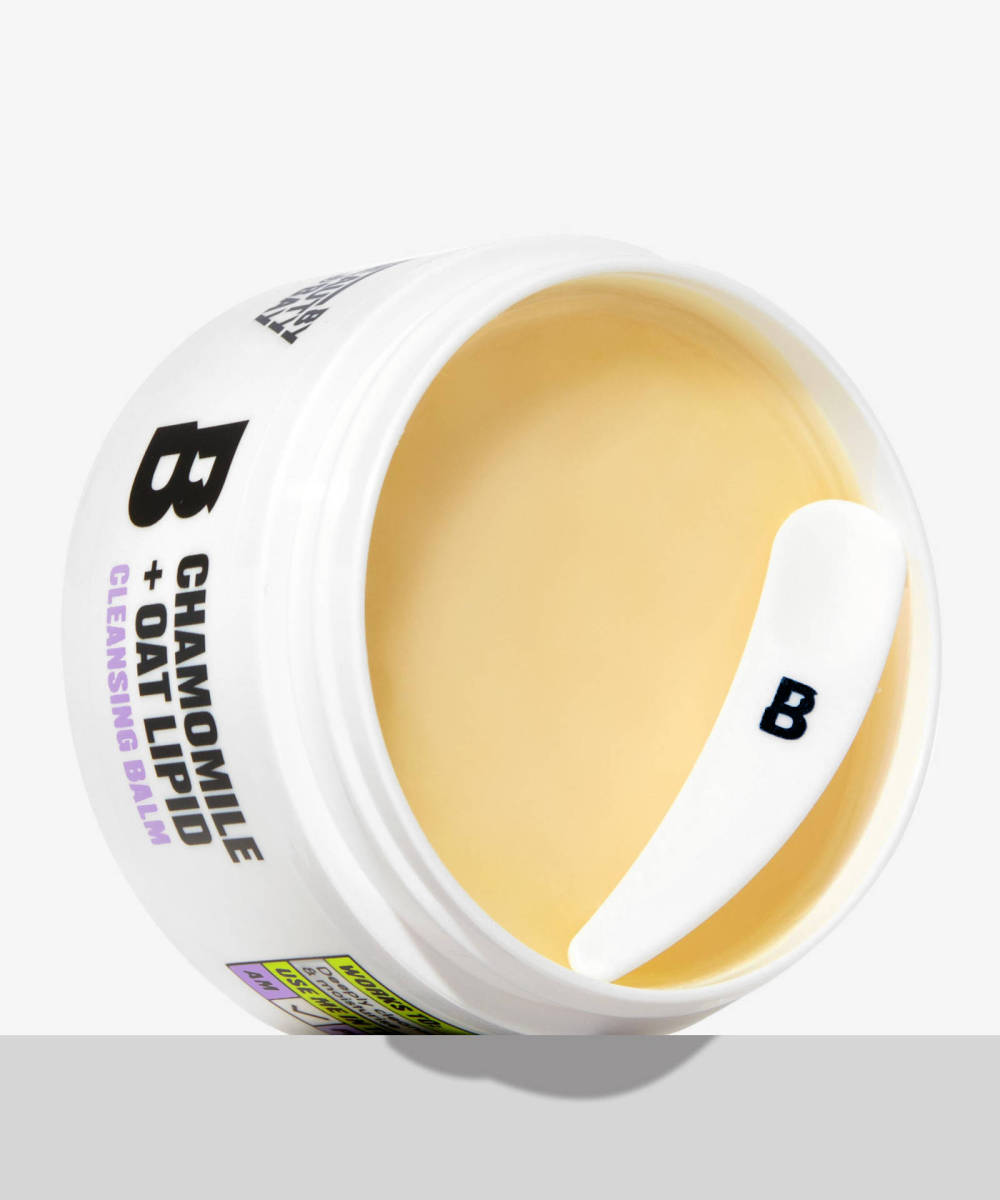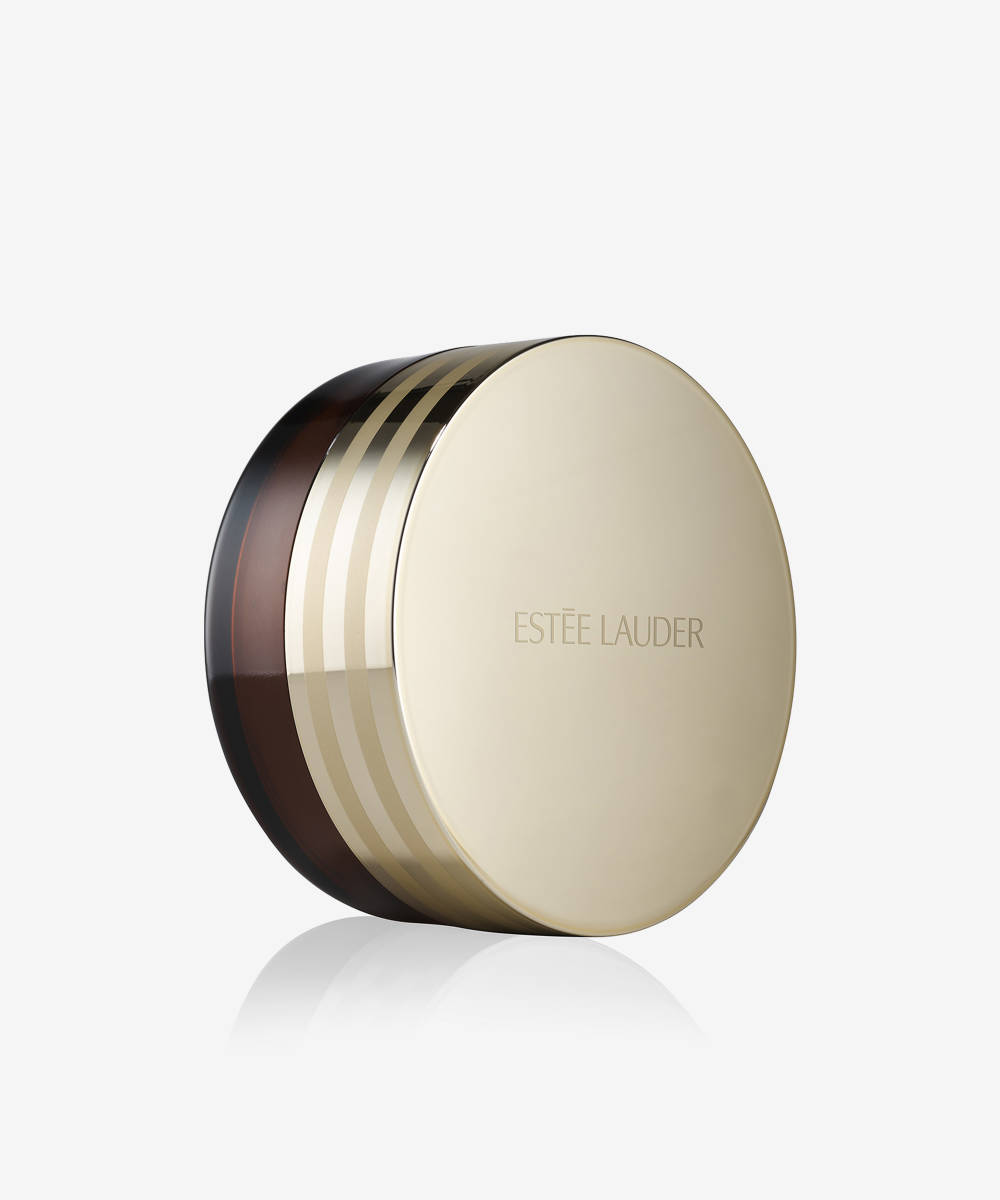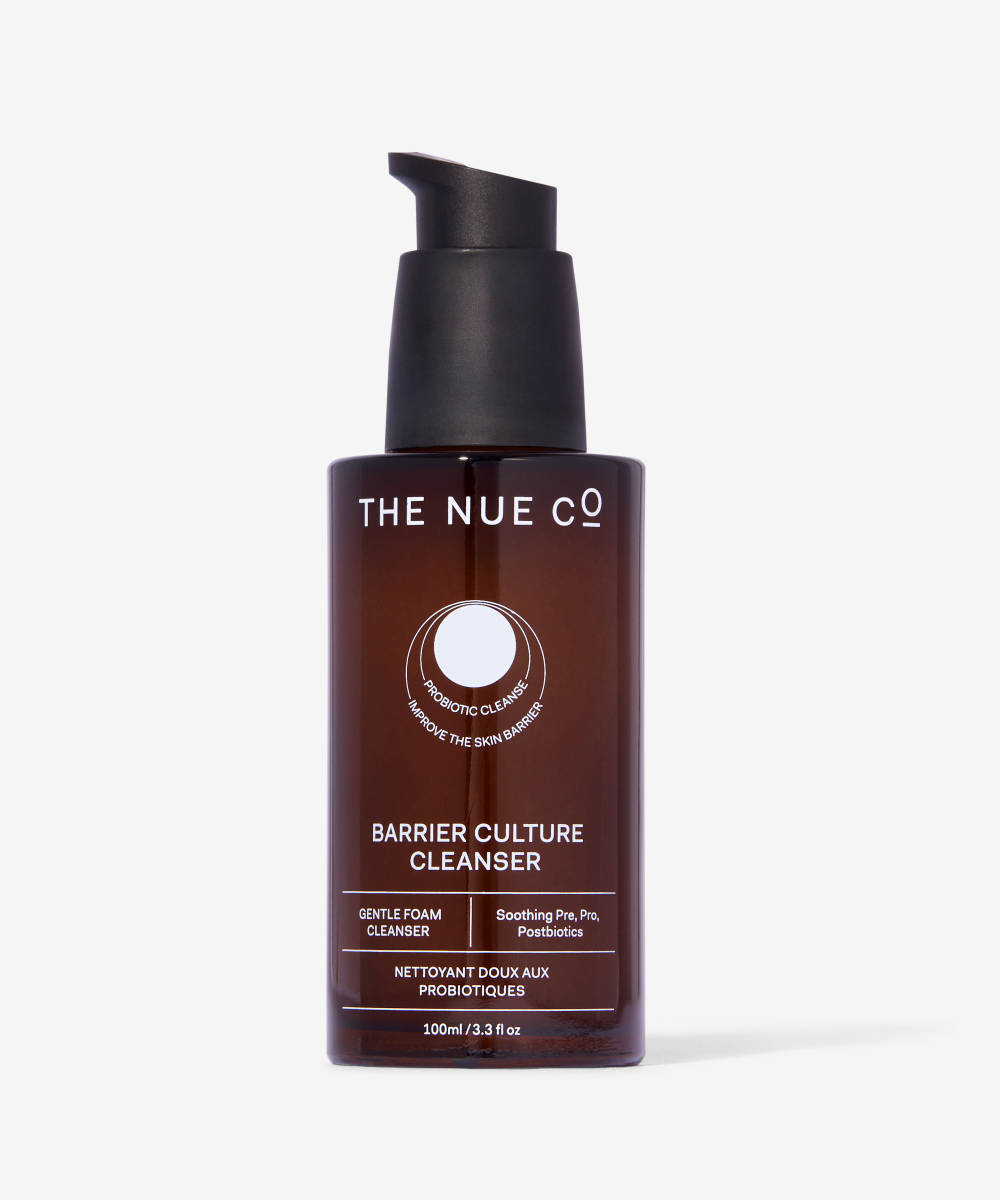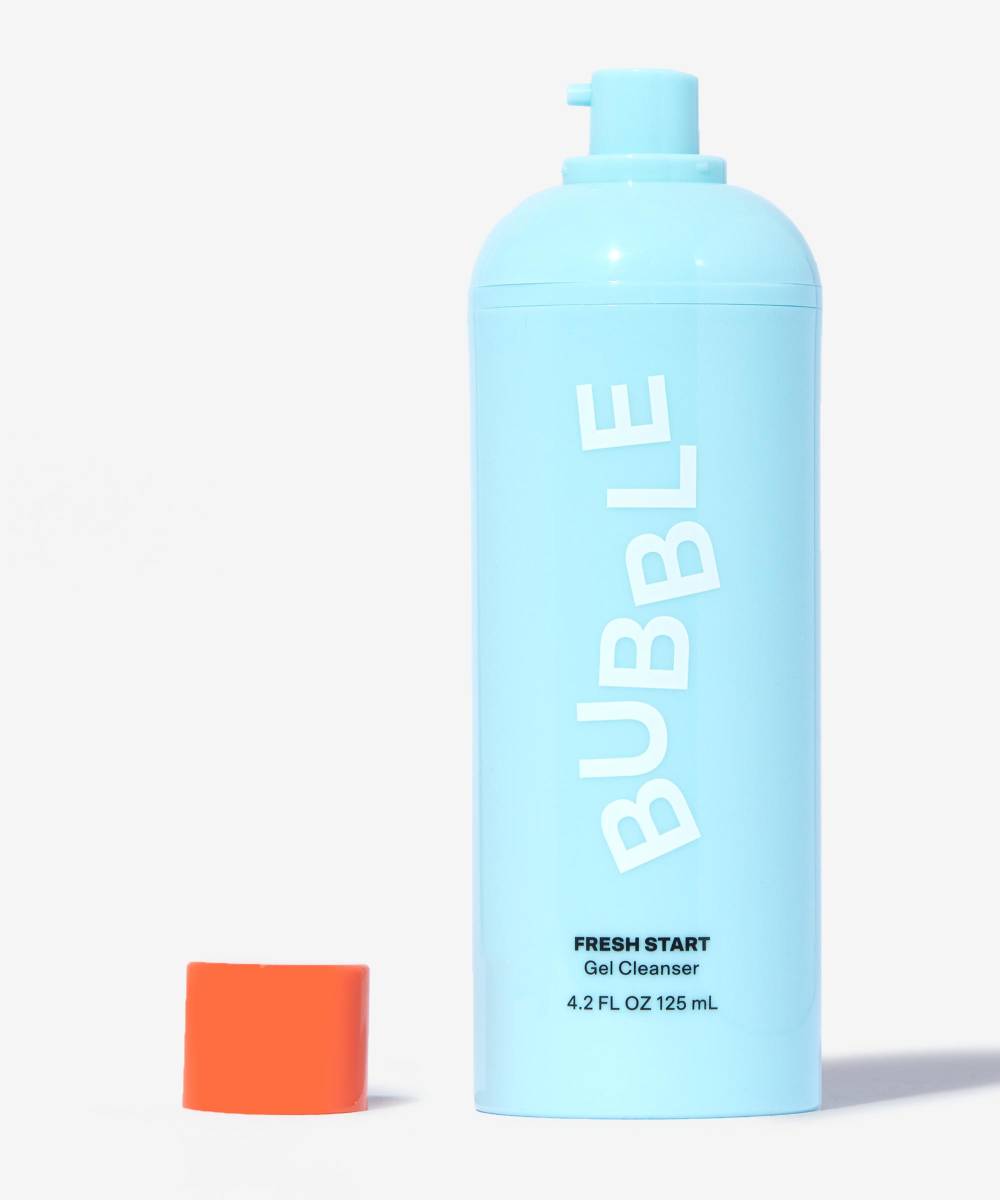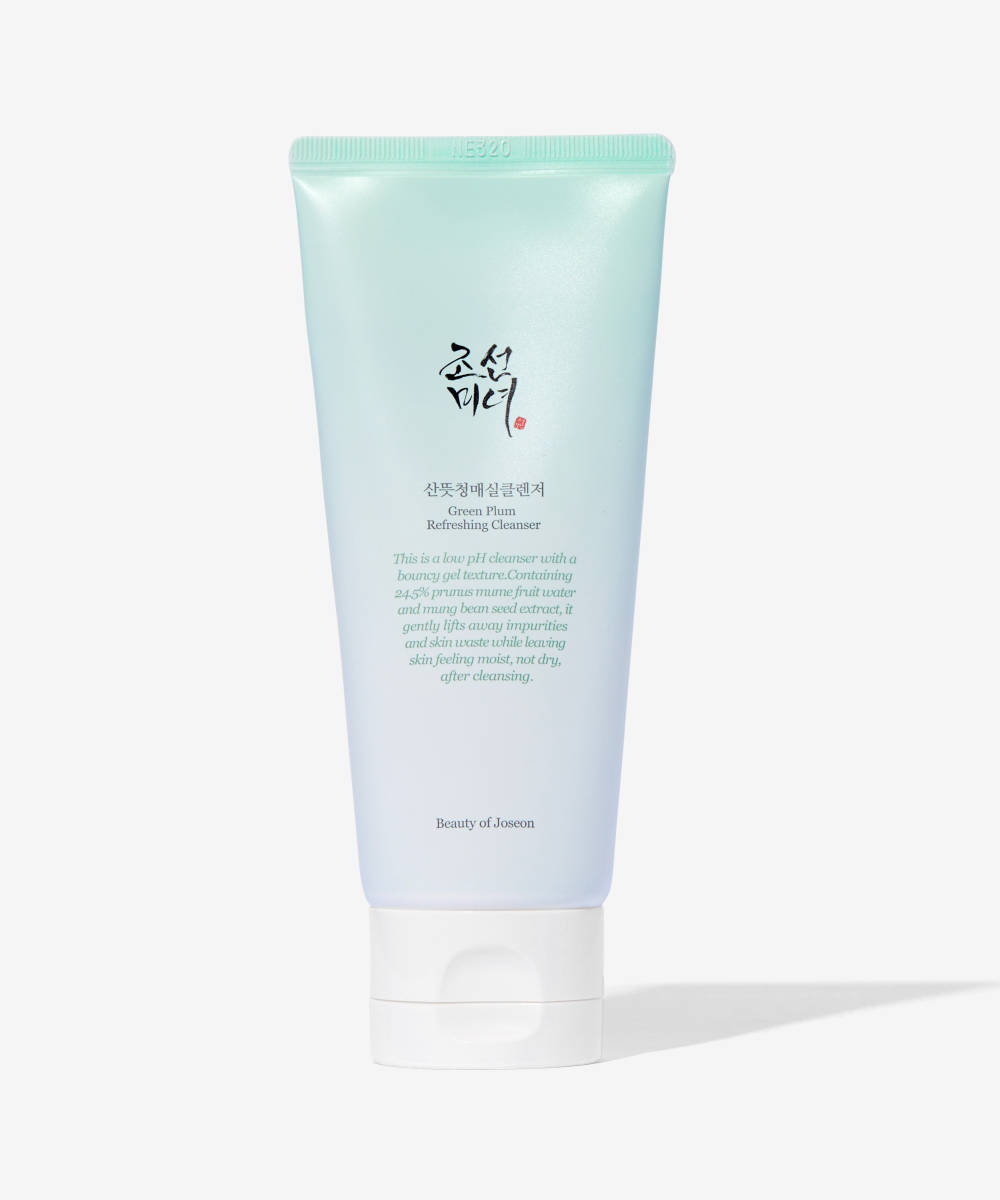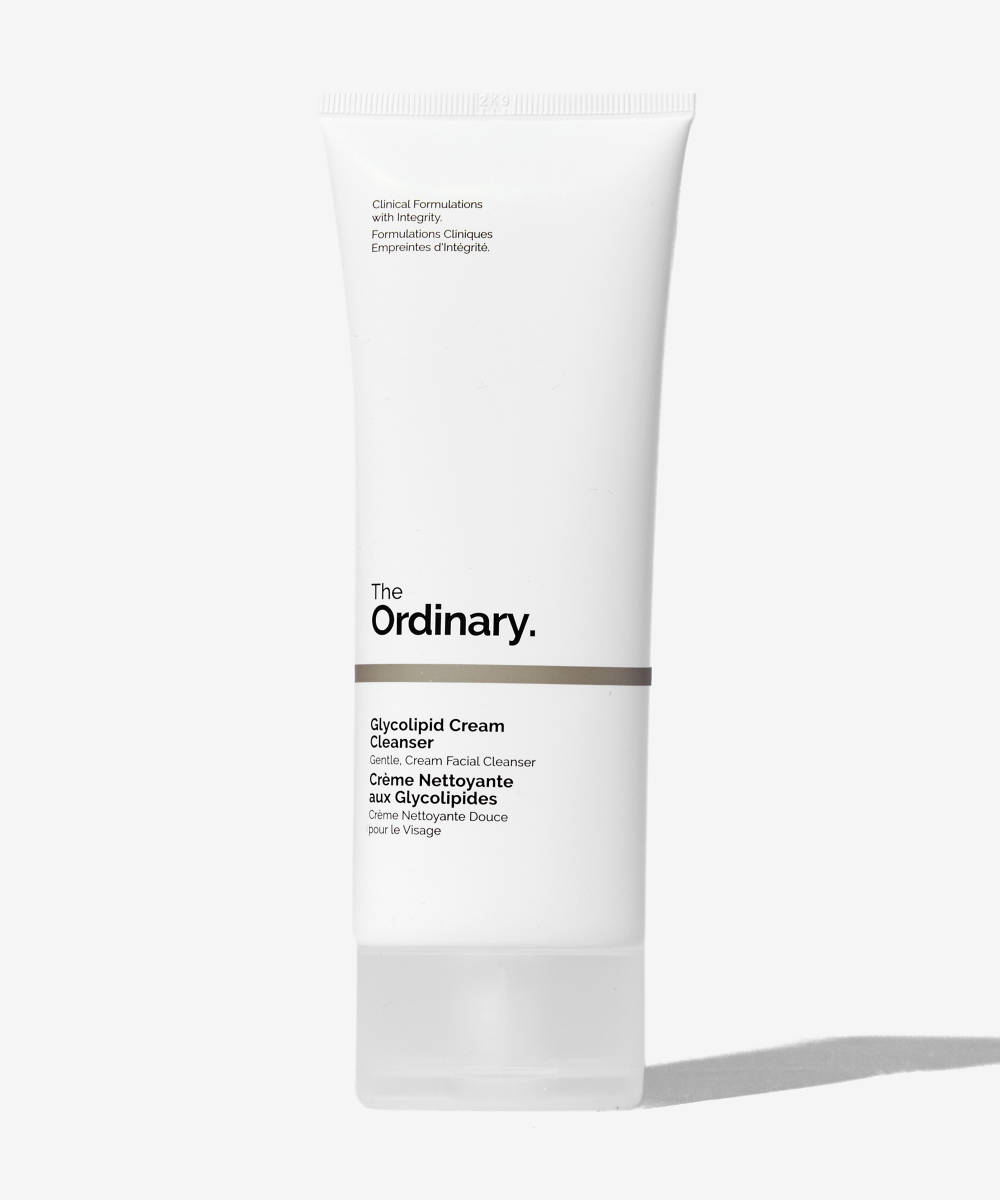Good skincare begins with washing your face. Lifting away every last trace of makeup and grime, an effective cleanse provides the perfect canvas for serums, oils, moisturisers, and makeup. What’s more, cleansing keeps your pores free from build-up, meaning skin looks brighter and feels smoother, breakouts will be reduced, and skin is healthy enough to repair and regenerate. No matter whether you’d class your skin as dry, oily, combination, or breakout-prone, cleansing benefits everyone. The thing is, it’s easy to get into bad habits with skincare, and unless you’ve had guidance from a professional, then chances are you’re making some mistakes while washing your face.
If you’re wondering why your face isn’t clean after washing, whether you should be washing your face every day, or how to wash your face effectively, scroll down – we have all the solutions to the most common face washing mistakes.
1. You're using face wipes
Granted, they’re a quick fix, great when on-the-go, and a saving grace when tumbling into bed at 4am, but face wipes don’t clean skin effectively. Instead of lifting dirt and makeup from your skin, wipes simply push it around your face and further clog your pores. Ditch the wipes and add micellar water into your skincare routine instead. As quick and easy as a face wipes but 564279 times more effective; soak cotton pads in water, pass them across your face, and you’ll lift every scrap of makeup and dirt, instantly. The magic ingredient is micelles, tiny molecules which latch onto dirt and oil, meaning impurities can be drawn out without drying skin.
2. You're not using the right cleanser
An effective cleanse is as dependent on product as it is on the process, and there’s no one-size-fits-all cleanser that will work for everyone. Depending on your skintype, you need to pick a product that’s perfect for your individual skin type and concerns. If your skin is dry, an oil-based or cream cleanser will provide hydration while it purifies. If you’re prone to breakouts and oiliness, you’ll want to opt for water-based gel cleansers that give pores a really deep cleanse. And if you have sensitive or reactive skin you’re going to want to avoid anything harsh, astringent, or overly fragranced.
3. You're not double cleansing
It might sound excessive and time-consuming, but double-cleansing means you can tackle two types of impurities and give your skin a really efficient cleanse. First, the surface level – makeup, sebum, and grime, and secondly, the deep-rooted dirt and pore-clogging dead skin cells that cause longer-term skin problems. To double cleanse skin, start by using an oil-based cleanser such as a cleansing oil or balm to break down makeup. Add water to emulsify the oil, then rinse off using a warm flannel. For the second cleanse, apply a water-based cleanser such as a foam or gel and massage it in, focussing on areas where you notice congestion and oiliness. Again, rinse off with a warm flannel – by this point the flannel should be clean as all makeup will have been removed.
4. You're just using your hands
Instead of using your hands, use a damp, warm cloth to remove your cleanser. The gentle exfoliating action will not only lift residue and makeup off skin (which fingers won’t do) but will also gently stimulate skin, leaving it soft and glowing. Just ensure that you use a new cloth each time you wash your face otherwise you’ll end up rubbing dirt and germs straight back in your face.
5. The water isn't the right temperature
Most people approach cleansing with the mindset ‘the hotter the water, the better’, but run the tap too hot and you can potentially cause some serious damage. Likewise, cold water won’t help your products to emulsify and absorb efficiently. Ideally, you want water warm but not too hot – enough that the steam will help to loosen and dislodge build-up in pores – but not too hot that you’ll dry out your skin.
6. You're over exfoliating
A lot of people think that going at skin with abrasive scrubs and exfoliants is the best way to cleanse pores and clear breakouts. They’re wrong. Cleansers with harsh grains will tear at skin, causing long-term damage, increasing skin sensitivity, and aggravating spots. Instead, you’re better off keeping your cleansing and exfoliating separate. Few skin types need daily exfoliation, so use a chemical exfoliant once or twice a week to achieve the same results with less chance of damage.
7. You're not removing your makeup first
Going straight in with your cleanser when you’ve got a full face of makeup is like mopping the floor before you’ve hoovered it. You’ll just end up moving the makeup around your face, instead of actually lifting it off. Using a makeup remover or micellar water before you begin your cleanse should remove the majority of your makeup, meaning that your cleansers can remove any residue and then give skin a deep cleanse.
8. You're just using water
Water alone isn’t enough to break down the oil-based residue that builds up on skin – typically a combination of sunscreen, makeup, sebum, and pollution. To cut through this, you need to use a cleansing product. Cleansing properly is the best way to avoid congestion from building up in your pores (and causing breakouts) and allows you to prep your skin for the rest of your skincare routine.
9. You're forgetting your neck
Even if you don’t apply sunscreen and makeup to your neck, chances are, by the end of the day it’s ended up there anyway – thanks gravity. In an ideal world, your skincare routine should always feature your neck, so cleansing here can help you get into this good habit.
